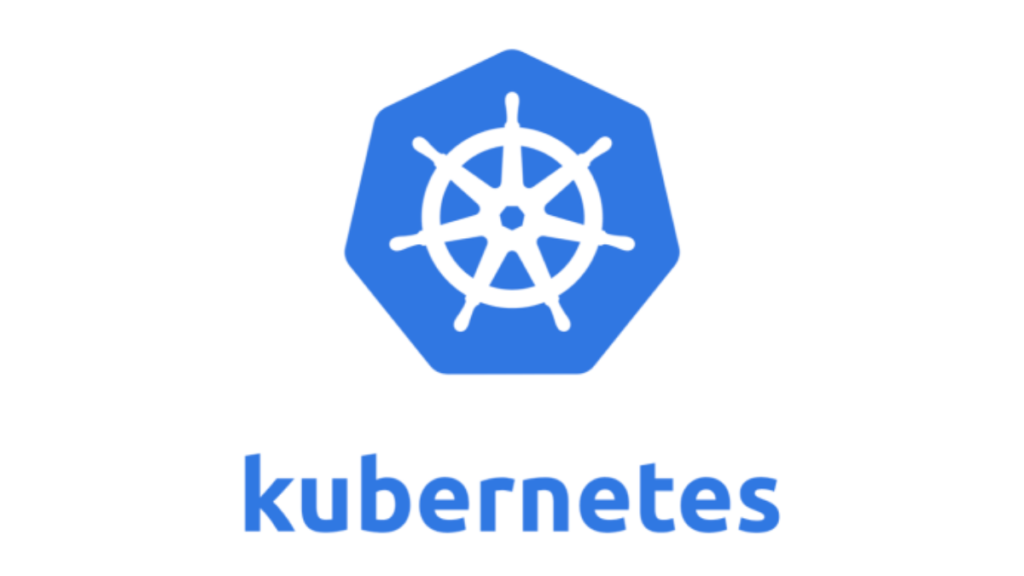By Matt Saunders, Head of DevOps at Adaptavist
With the rise of online shopping at an all-time high as bricks and mortar stores continue to struggle amidst the COVID-19 pandemic, now is the time to make sure your business is effectively scaling its ecommerce capability to keep pace with demand.
According to The Office of National Statistics, the proportion of retail sales spent online soared to the highest proportion on record in May 2020 at 33.4%, compared to the 30.8% reported in April 2020. Yet with Black Friday on the horizon, retailers that have yet to start planning may find themselves failing to reap the rewards of this unprecedented demand.
Each year ecommerce platforms of all shapes and sizes fail to adequately prepare for spikes in demand during busy retail periods like Black Friday and the Christmas holidays as websites that usually run on a few servers, suddenly need a few hundred. Currys PC world felt the intensity of increased online traffic during its Black Friday sale in 2020, with outages and glitches affecting many online customers. The Mirror reported ‘of those who reported issues, 63% said they couldn’t access the website, 27% were having problems at checkout, and 8% were struggling with login.’
With site crashes costing thousands of pounds in lost revenue with each moment on the clock and reputational damage an instant risk in the social media age, companies can’t afford to be on the back foot. That’s why making sure you have a plan in place to meet the increased traffic is so important.
So how can Kubernetes help?
What is Kubernetes?
To be able to explain how Kubernetes and containerisation can help with increased Christmas traffic, we need to first understand what it is.
We’re all using software running in Kubernetes all the time. Using websites and mobile apps just scratches the surface – the technical backbone of any large organisation is likely to be running containers on Kubernetes.
Most organisations will use many different technologies and programming languages, and this incrementally increases the complexity of running their applications, with each technique potentially needing a different method of deployment. Containerisation solves this by providing a standard method for running all these different technologies and languages, by putting all applications in the same shaped imaginary ‘box’ so that they’re all dealt with in the same way. Think of shipping containers that we see sailing around the world (or blocking the Suez Canal for that matter) – it doesn’t matter what’s in the box, as they’re all dealt with in the same way. That’s what containerisation is.
So, we have all the applications nicely secured in a container; then we need a way of moving those containers around and running them. That’s what Kubernetes does. Kubernetes is the greek word for “Helmsman” – it’s basically the commander of the container ship making sure that the applications run in the right places.
Why is Kubernetes the right solution for online shopping demands?
Containers and Kubernetes are great for short-running applications, especially those where the load usage can vary. They give you the ability to easily scale up and down according to demand. They’re also handy for developers, as the same container image can run on their laptops and in the data centre. Containerised applications can also generally run in most hybrid cloud setups, as neither containers nor Kubernetes are tied to a specific vendor. Some applications are made up of a few interconnected parts, and Kubernetes is a great solution for managing these.
By scaling with Kubenetes, teams can spin up containers to handle the traffic, and then remove them when demand decreases. This is extremely cost-effective for cloud environments where you only pay for what you use.
Is Kubernetes the only answer?
There are a few options to consider. Most cloud providers offer high-level services to allow organisations to run their software either in containers (where it is likely to be a Kubernetes derivative) – or as functions, which requires even less overhead but at the expense of a little more vendor lock-in and loss of transparency. And many organisations are still succeeding in running their infrastructure on virtual machines. We’re finding however, that Kubernetes-based infrastructure often hits the right sweet spot between operability, developer friendliness and lack of admin overhead for the organisations we work with.
How do I scale correctly for increased online demand?
There is a degree of complexity in evolving your business and scaling your IT to make sure you keep pace with demands. By finding the right solution that helps maximise your investment in digital, businesses can advance their transformational goals and thrive in the face of disruption as well as making the most of busy periods and increasing online demands.









